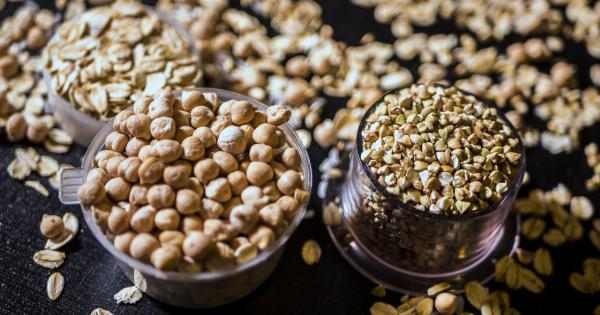Diabetes is a chronic medical condition affecting millions of people worldwide. It occurs when the body is unable to produce enough insulin or utilize it effectively, leading to elevated blood sugar levels.
While medication and proper nutrition are essential for managing diabetes, a regular fitness routine can also help regulate blood glucose levels and prevent complications. In this article, we’ll discuss the fitness routine that can help control diabetes.
Why Is Exercise Important for Diabetics?
Regular exercise has numerous benefits for people with diabetes. It helps lower blood glucose levels by using up excess glucose for energy. It also reduces insulin resistance, making it easier for the body to use insulin effectively.
Exercise also helps with weight management, improves cardiovascular health, and reduces stress levels – all of which are crucial for diabetes management.
The Best Types of Exercise for Diabetics
While any form of physical activity is beneficial for diabetes management, some types of exercise are more effective than others. Here are the best types of exercise for diabetics:.
: Aerobic Exercise
Aerobic exercises can help lower blood glucose levels, improve cardiovascular health, and promote weight loss. Aerobic exercises include brisk walking, cycling, swimming, dancing, and cardio machines like treadmills and ellipticals.
Aerobic exercise should be done for at least 30 minutes a day, five days a week.
: Resistance Training
Resistance training or weightlifting can help build and maintain muscle mass, which is particularly important for diabetics who often have reduced muscle mass due to insulin resistance.
Muscle mass helps the body use glucose more effectively, leading to better diabetes management. Resistance training should be done two to three times a week, targeting major muscle groups like the chest, back, arms, and legs.
: Yoga
Yoga is an effective way to reduce stress levels, improve flexibility, and promote relaxation. Stress can elevate blood glucose levels, so practicing yoga regularly can help with diabetes management.
Many yoga poses involve stretching and strength-building, making it a great complement to aerobic and resistance training. Aim to do yoga at least once or twice a week.
Fitness Tips for Diabetics
Here are some tips to keep in mind when starting a fitness routine as a diabetic:.
: Consult with Your Doctor
Before starting any exercise program, consult with your doctor to ensure it’s safe for you. Your doctor can also recommend any modifications or precautions you need to take based on your condition or medication.
: Check Your Blood Glucose Levels
Before and after exercising, check your blood glucose levels to monitor how your body is responding. This can help you avoid hypoglycemia or hyperglycemia and adjust your treatment plan if necessary.
: Stay Hydrated
Drink plenty of water before, during, and after exercise to avoid dehydration. Dehydration can elevate blood glucose levels and lead to other complications.
: Beware of Foot Injuries
People with diabetes are more susceptible to foot injuries due to reduced blood flow and nerve damage. Choose shoes that fit well and provide good support, and check your feet regularly for any cuts, sores, or blisters.
If you notice any issues with your feet, consult with your doctor right away.
: Start Slowly
Don’t push yourself too hard in the beginning. Start with light to moderate exercise and gradually increase the duration and intensity as your fitness level improves.
This will help you avoid injury and burnout and make it easier to stick to your exercise routine long-term.
The Bottom Line
A regular fitness routine is an essential part of diabetes management. Incorporating aerobic exercise, resistance training, and yoga into your routine can help regulate blood glucose levels, improve cardiovascular health, and reduce stress.
However, it’s important to consult with your doctor before starting any exercise program, check your blood glucose levels regularly, stay hydrated, and take precautions to avoid foot injuries. With a little effort, a fitness routine can help you control your diabetes and live a healthier, happier life.































